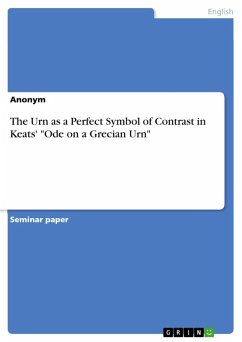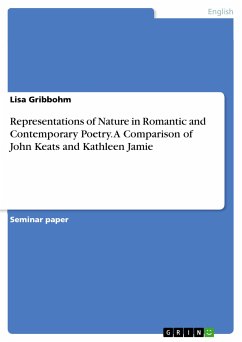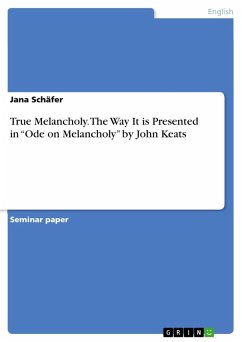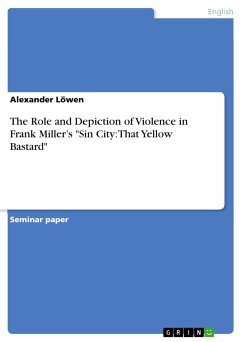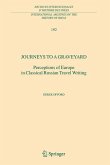Seminar paper from the year 2016 in the subject English Language and Literature Studies - Literature, grade: 1,0, Johannes Gutenberg University Mainz, language: English, abstract: At first glance, it is not significant that Keats composed an ode which portrays a Grecian urn. But after some time, the reader might ask himself, why Keats has chosen an urn for his poem and what kind of urn he is talking about. It is not clear, whether Keats is writing about an urn which is used to contain the ashes of a dead body, if it is just a decorative element or if it contains something else. It is not even clear, whether he is talking about a real or an imagined object. This term paper therefore deals with the purpose of the urn in Keats' ode and answers the question what function this object occupies. Taking Keats' quote on Milton's "Paradise Lost" in account, it is to assume that Keats uses the urn as an ideal symbol for contrasting the real, transient world with an apparently perfect, imagined world. With the urn as a basis, Keats constructs a poem which portrays the variety of contrasts on three different levels, namely a conversation level between narrator and urn, a level with regard on the stories portrayed on the urn and a stylistic level of the poem itself. In the course of this paper, the contrasts in the conversation level are portrayed at first, followed by contrasts and oppositions in the stories on the urn pictured by the narrator and in a third section the contrasts on a stylistic level are illustrated. John Keats was well aware that using contrasts was one of the criteria which caused a huge prestige to Milton's "Paradise Lost". But also in Keats' works, especially in his odes which he wrote in 1819, forms of oppositions and contrasts appear to play a major role in these poems. His odes deal with existence and imagination, while they often contrast transient life and eternal death. One of these odes which exemplifies this pattern is the "Ode on a Grecian Urn".
Dieser Download kann aus rechtlichen Gründen nur mit Rechnungsadresse in A, B, BG, CY, CZ, D, DK, EW, E, FIN, F, GR, HR, H, IRL, I, LT, L, LR, M, NL, PL, P, R, S, SLO, SK ausgeliefert werden.

